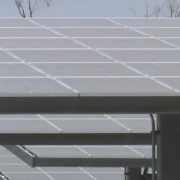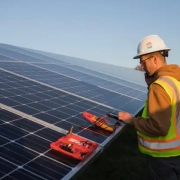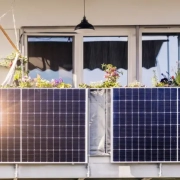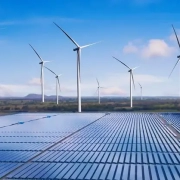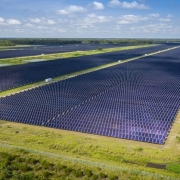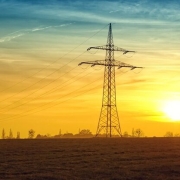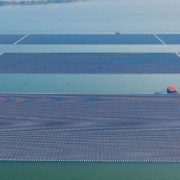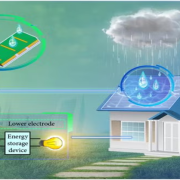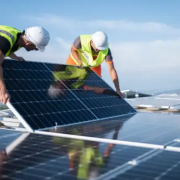The City of Santa Maria will soon install a new solar power project to help offset rising energy costs through the use of alternative sources and efficiencies.
On Tuesday night, Santa Maria Public Works Director Brett Fulgoni will discuss details of the plan during a meeting of the Santa Maria Recreation and Parks Commission with an overview and presentation of the project.
The Santa Maria City Council previously approved the project in November 2023.
The plan includes the construction of Solar Photovoltaic (PV) Systems at a number of city-owned locations, including City Well Number 12, Wastewater Treatment Plant, Civic Center, Police Department, Transit Yard, Paul Nelson Aquatic Center, James Hagerman Sports Center, and Minami Park.
Click here to read the full article
Source: KEYT
—
If you have any questions or thoughts about the topic, feel free to contact us here or leave a comment below.

